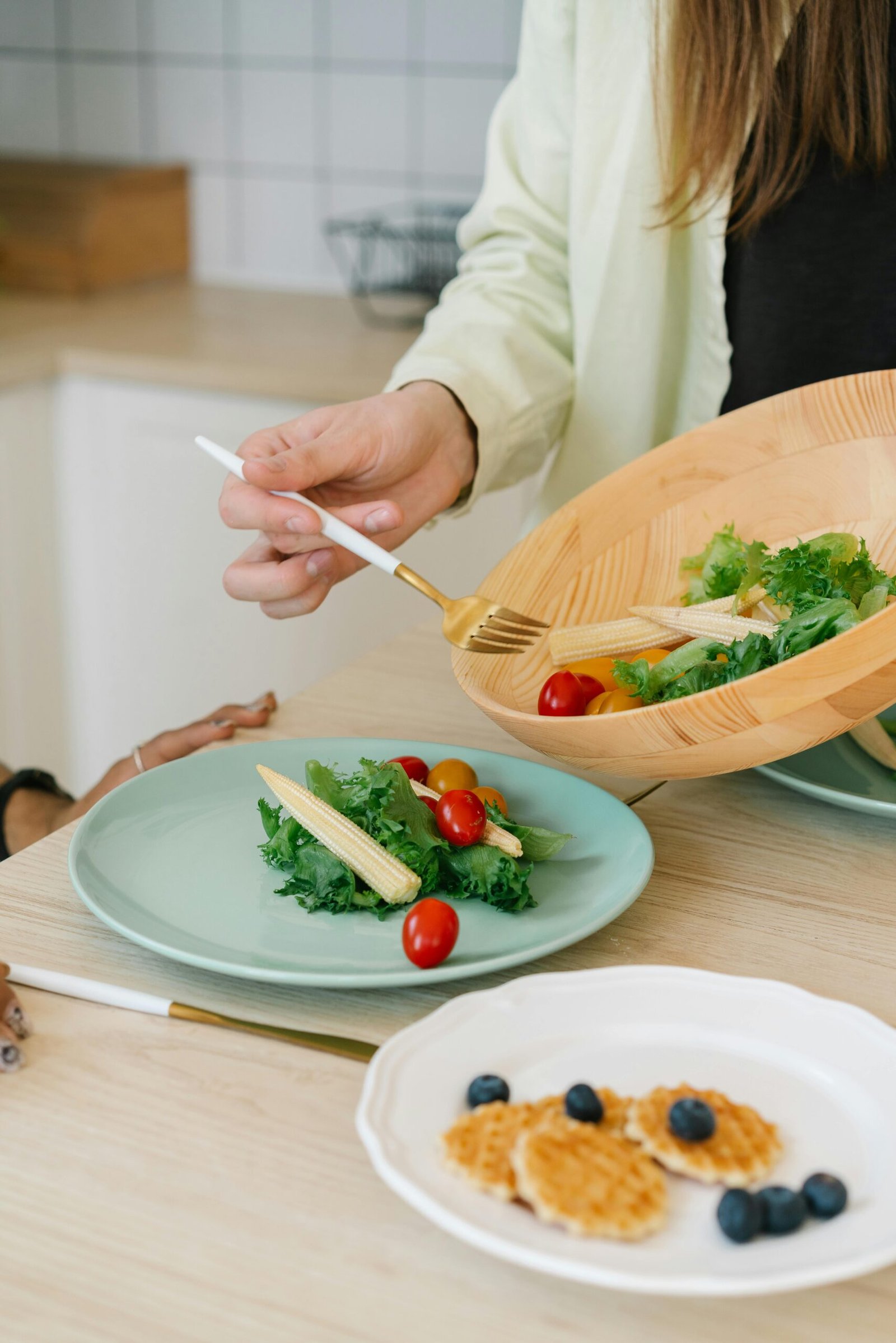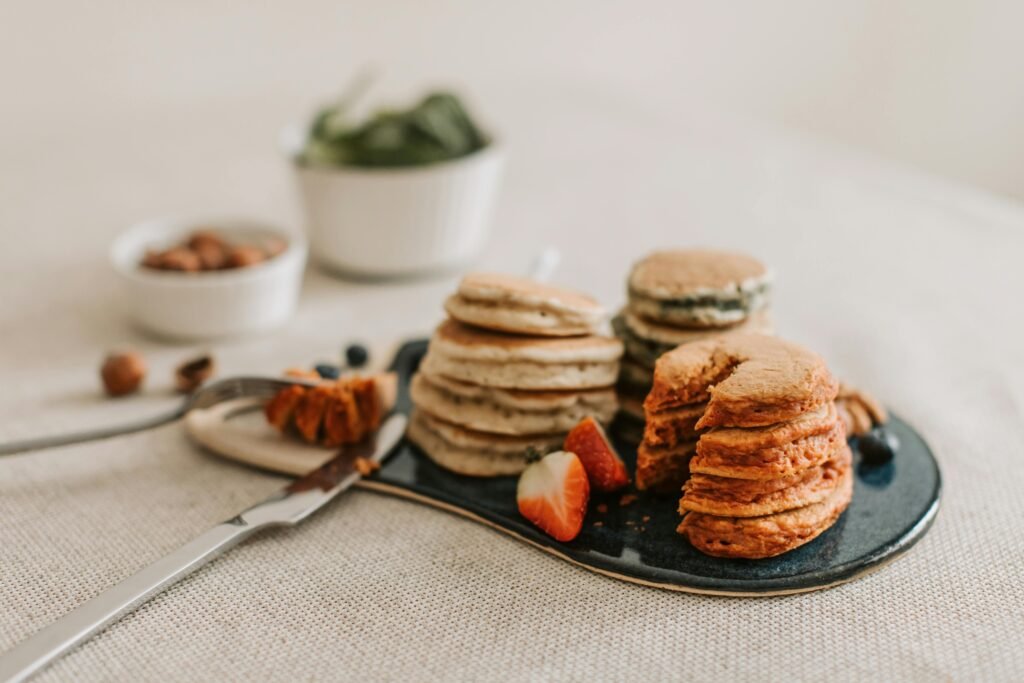Physical Address
304 North Cardinal St.
Dorchester Center, MA 02124
Physical Address
304 North Cardinal St.
Dorchester Center, MA 02124

This 30 Day Vegan Meal Plan delivers a thoughtfully built month-long approach with variety, structure, and flexibility.
It provides nutrition insight on protein, B12, omega-3s, iron, and balanced fats.
You’ll get smart meal prep tips, grocery strategies, and easy swaps to fit your lifestyle—making the month both sustainable and delicious.
The 30 Day Vegan Meal Plan started with a simple question: “Can I eat vegan for 30 days without resorting to tofu every day?”
What emerged is a plan that balances flavor, ease, and nutrition—no guesswork, just meals you’ll look forward to.
To thrive on this 30 Day Vegan Meal Plan, focus on:
A key detail: every week features at least one protein-rich salad, one hearty grain bowl, and one green smoothie or soup—covering nutritional bases while keeping meals fresh.
Weekly structure (repeated for 4 weeks in the 30 Day Vegan Meal Plan):
| Day | Breakfast | Lunch | Dinner | Snack |
|---|---|---|---|---|
| Monday | Overnight oats | Chickpea salad wrap | Lentil bolognese + pasta | Apple & peanut butter |
| Tuesday | Green smoothie | Tofu stir-fry + brown rice | Sweet potato & black bean burrito | Nuts & berries |
| … | … | … | … | … |
Rotate proteins (tofu, lentils, chickpeas, beans) and grains (oats, rice, quinoa, pasta) for variety. Borrow Healthline’s clean structure, but blend in hearty, comfort-style dishes from VeganEasy and Listonic.
Meal prep is where this 30 Day Vegan Meal Plan really shines:
Invest 2 hours on Sunday to save 10–15 hours during the week.

Sample week in the 30 Day Vegan Meal Plan:
Swap meals between days to suit cravings or pantry inventory.
Your 30 Day Vegan Meal Plan essentials:
Weekly grocery lists match the plan but include flexible substitutions based on local availability.
It isn’t just theory; this is from the front lines of sustainable plant-based living.